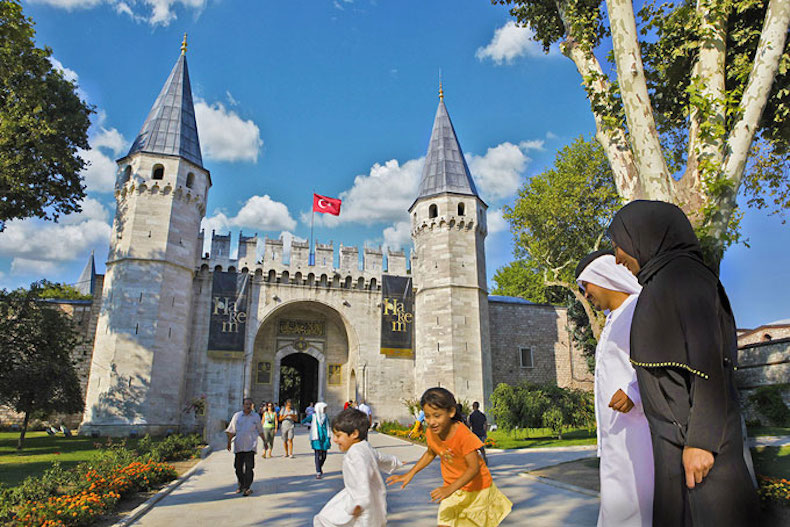
Professionals are amongst the best-travelled people on the planet and are far more likely to pay for a premium travel experience, whether that experience is for business or leisure. However, to capture a share of that increased travel spending, airlines and hotels need to be aware of how these travelers’ priorities vary based on different types of trips.
In the Middle East, we can see that most travelers like to escape the summer heat and go on international trips in the summer months (almost 60 percent) compared to about 40 percent in the winter season, according to a report by ITB World Travel Trends Report 2015-2016. With about 30–40 days a year available for holidays, travelers in countries like the UAE often go on two or three trips a year, and on average spend more than their global counterparts while on the go.
In March of this year, we carried out an in-depth survey of more than 14,000 travelers on LinkedIn, covering 24 major markets including the Middle East and North Africa (MENA). Our research confirmed not just that LinkedIn members travel far more than the average person, but that they are far more likely to travel in style. More than 38% of our members have taken three or more leisure trips in just the last six months, with one in four of our business travelers taking eight or more business trips in the same timeframe. Roughly one out of every five of those business trips has been taken in first or business class, but it’s not only when travelling on company budgets that LinkedIn members pay more for a premium experience. A quarter of LinkedIn leisure travelers use premium economy, business or first.
These Middle East trends perfectly resonate with the travelling and spending behavior of most LinkedIn members.
What does this mean for the region’s marketers?
From a profit perspective, we believe that airline and hotel brands can earn a greater share of these travelers’ budgets. However, the key lies in identifying the drivers for different types of bookings – and supplying the content that travelers seek throughout their different purchase journeys. When planning leisure trips for example, travelers are highly receptive to receiving deals, offers and city guide-style inspiration on LinkedIn. When making a business booking they’re hungry for practical advice on how to upgrade – and expert, insider reviews on travelling better.
Price dominates decision-making for leisure travelers both when it comes to the brand they fly with (74 percent chose price as one of their top three priorities when choosing an airline) and where they stay (70 percent did the same for hotels).
For business travelers, the availability of direct flights and hotel location were more important. In fact, leisure travelers are 1.5x more likely to be influenced by price in their choice of airline – and 1.4x more likely to have it sway their choice of hotel.
Targeting content at travelers to reflect the different booking journeys for leisure and business is clearly important to maximizing airlines’ share of LinkedIn members’ annual travel spend. However, our research shows that it’s just as important to build a community of regular travelers and for brand to tap into LinkedIn members’ strong propensity for loyalty. It has also been proven that through better perks, ranging from upgrades and improved lounge access to extra points, transferrable points and preferential booking could all persuade travelers to sign up to a new loyalty scheme.
Communicating the benefits of being part of your community is one of the most effective ways of growing your share of LinkedIn travelers’ spending. And as our study shows, there’s no better time to start doing so.




